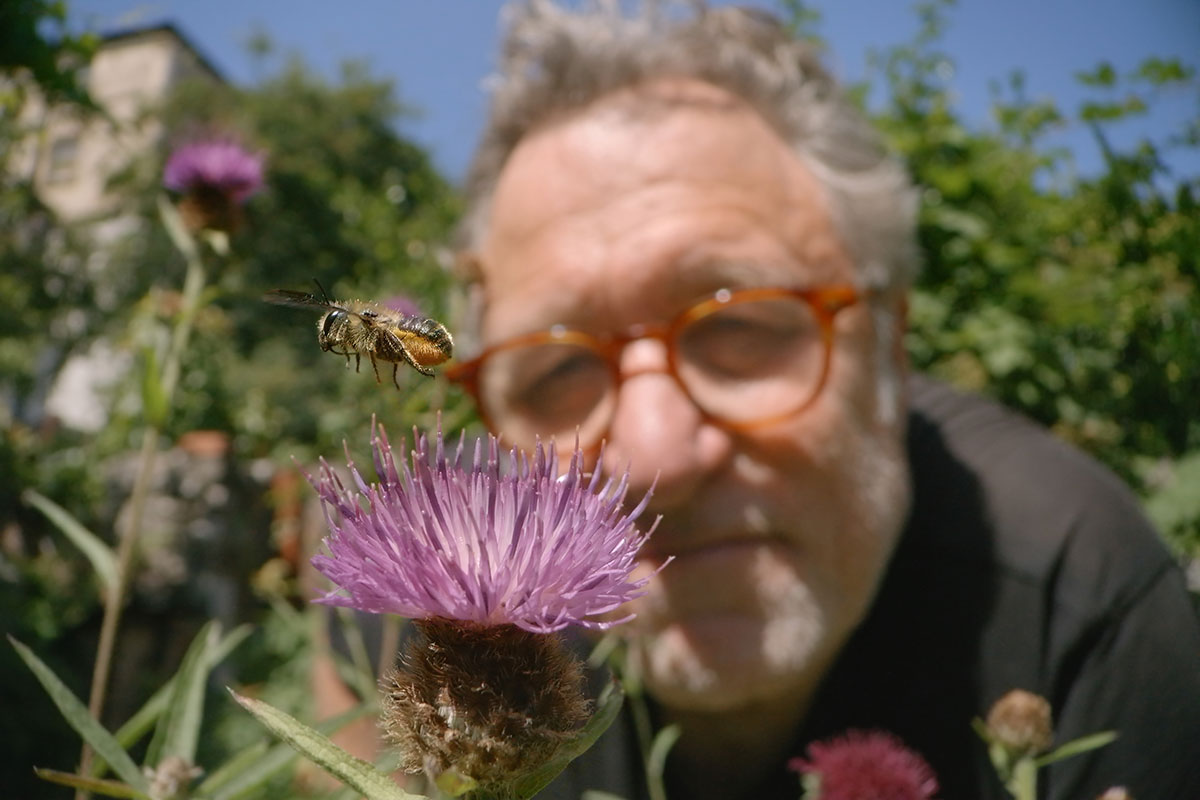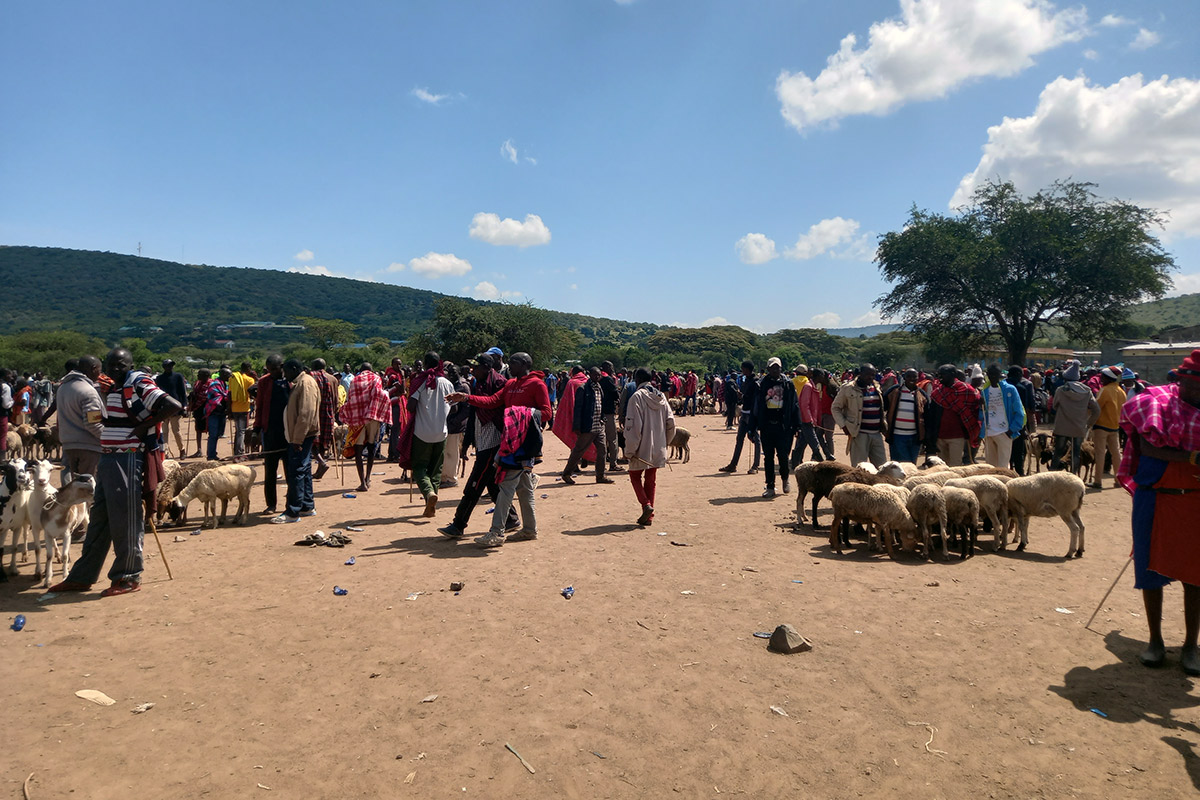People are part of the ecosystem. Humans must live in harmony with nature to sustain a healthy world. For centuries, people have been living with and deriving resources from the animals and plants that share their landscapes. At the 2022 Folklife Festival, visitors discovered how we can reset the balance between people and nature by creating spaces in which everyone can thrive.
How are innovative conservation programs helping people and wildlife? How is traditional knowledge being incorporated into sustainable living for animals, plants, and us?
We engaged with community members from Kenya’s Maasai Mara region, who are working with scientists on innovative research about how wildlife moves across the landscape and helping community conservation initiatives align with the needs and values of the people who live alongside them.
Vistors learned from members of the Nakoda and Aaniiih nations of the Great Plains, who are collaborating with researchers to restore their lands and reclaiming cultural practices involving key species, like bison and swift fox, as these iconic animals begin to return to their homelands.
We discovered how craftspeople in Mongolia and Uganda harvest sustainable materials like camel hair and bark cloth to create textiles native to their environment, and learned about the materials in our clothing and how we can make better decisions for the environment.









.jpg)


